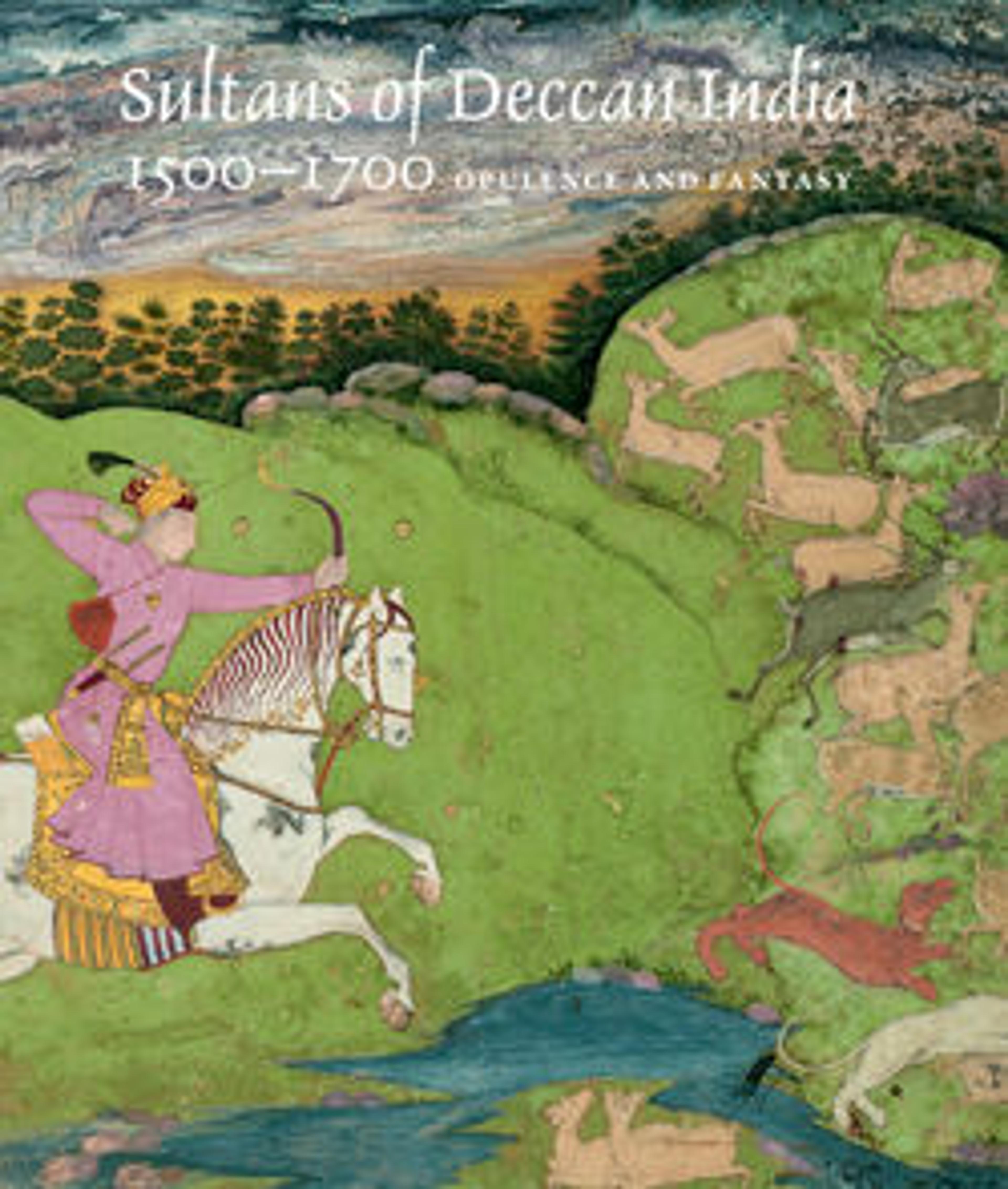Filigree Casket with Sliding Top
While filigree was an established tradition in the Deccan in the middle ages, with the cultural presence of the Portuguese in the 16th century, Deccani craftsmen were exposed to a new wave of objects, which were imported from Europe. Finely drawn wires of gold and silver filigree were shaped into a variety of scrolling forms, including the buta, or flame motif, which even is present on the ornamented interior of this object. The lid of this box contains a secret compartment which slides open to hide a prized object, possibly the key.
Artwork Details
- Title:Filigree Casket with Sliding Top
- Date:17th century
- Geography:Made in India, probably Goa
- Medium:Silver filigree; parcel-gilt
- Dimensions:H. 5. 1/8 in. (13 cm)
W. 5 1/8 in. (13 cm)
D. 3 9/16 in. (9 cm) - Classification:Metal
- Credit Line:Purchase, Friends of Islamic Art Gifts, 2014
- Object Number:2014.253
- Curatorial Department: Islamic Art
More Artwork
Research Resources
The Met provides unparalleled resources for research and welcomes an international community of students and scholars. The Met's Open Access API is where creators and researchers can connect to the The Met collection. Open Access data and public domain images are available for unrestricted commercial and noncommercial use without permission or fee.
To request images under copyright and other restrictions, please use this Image Request form.
Feedback
We continue to research and examine historical and cultural context for objects in The Met collection. If you have comments or questions about this object record, please contact us using the form below. The Museum looks forward to receiving your comments.
